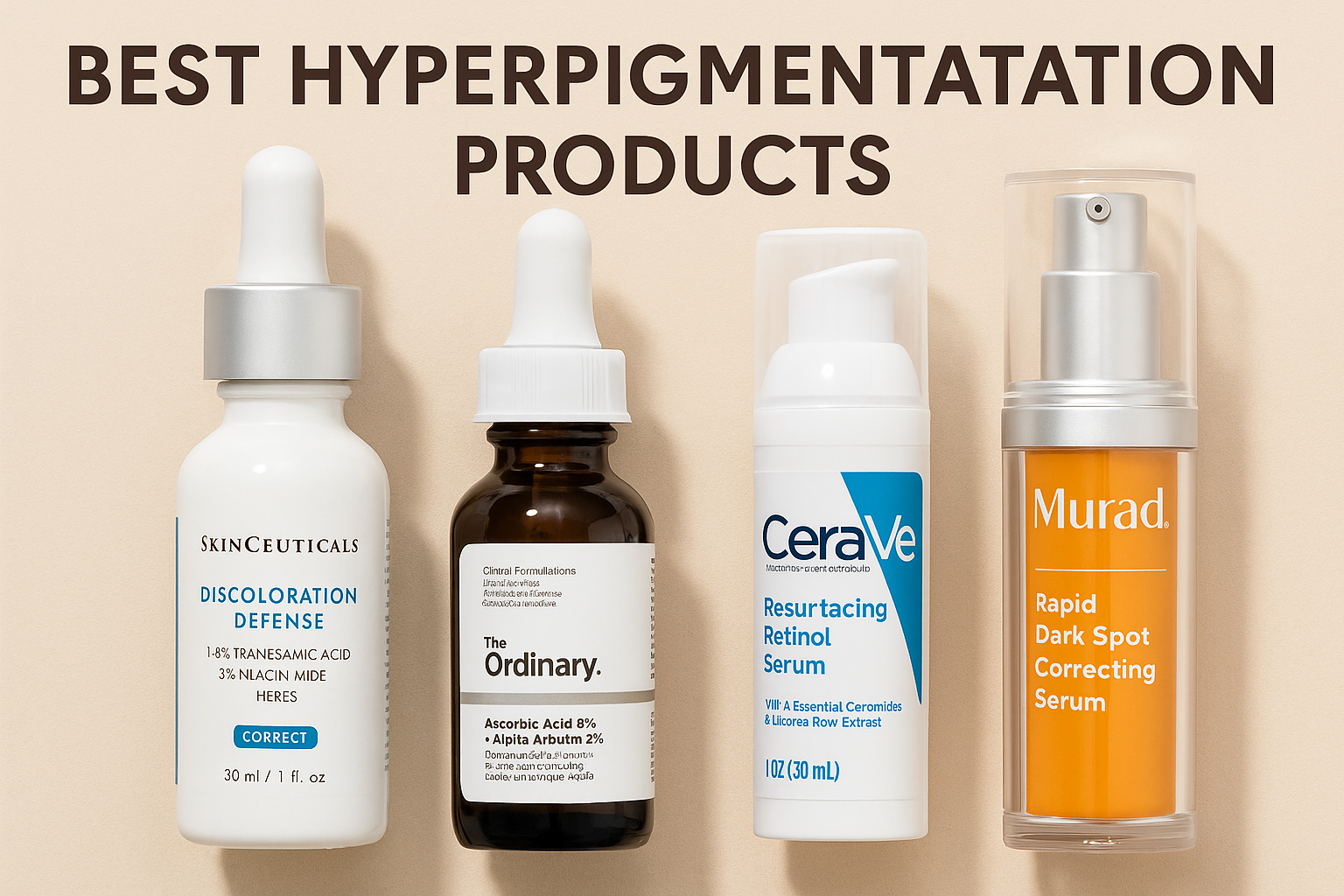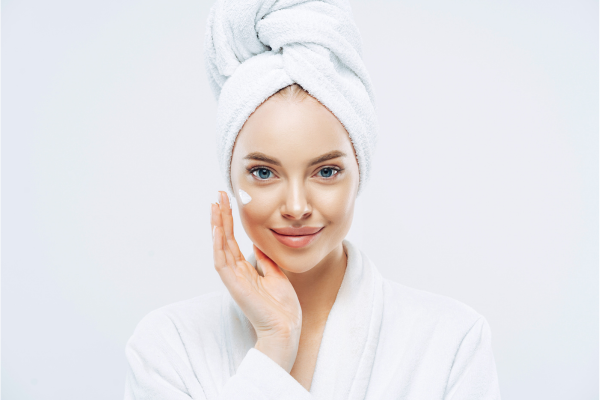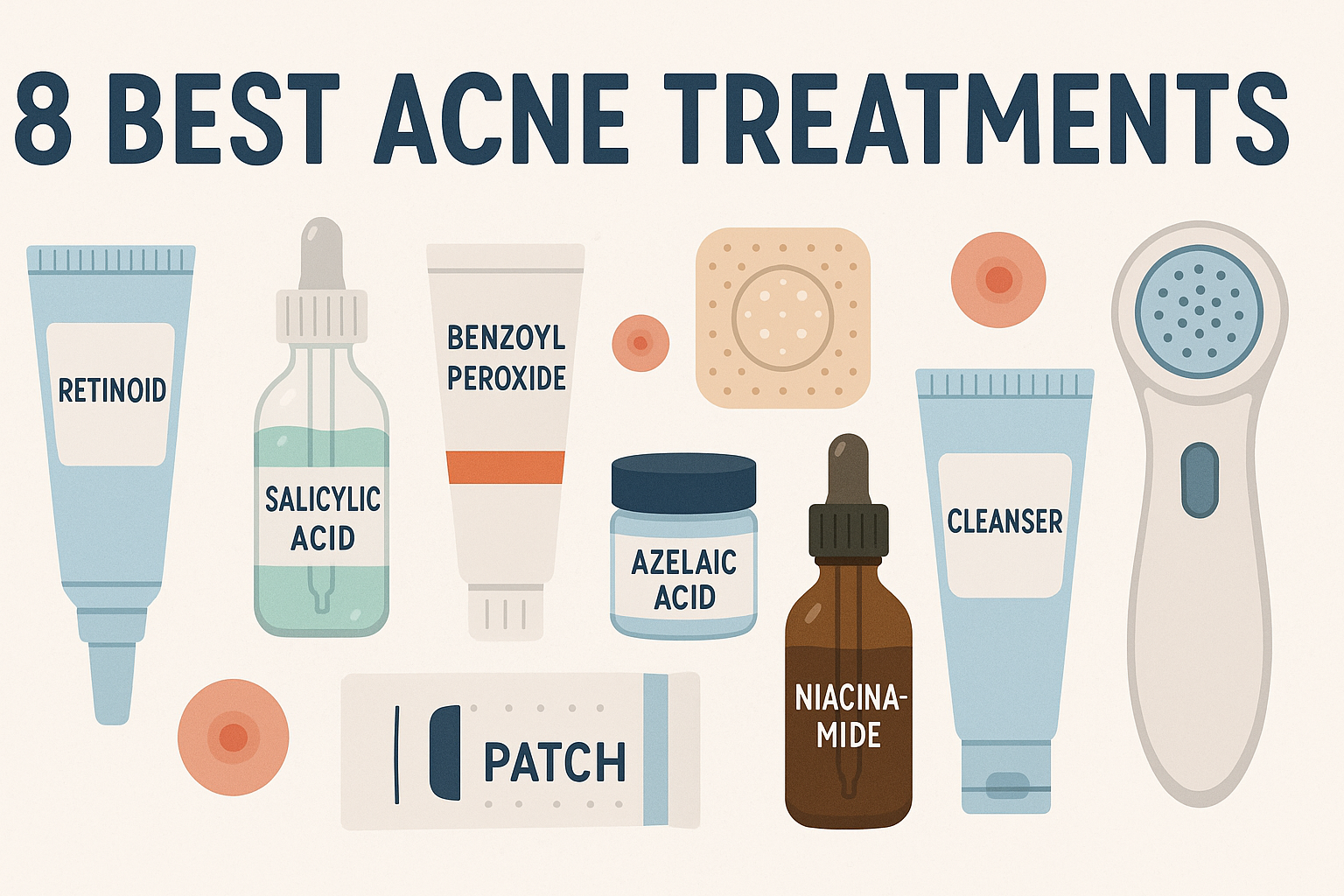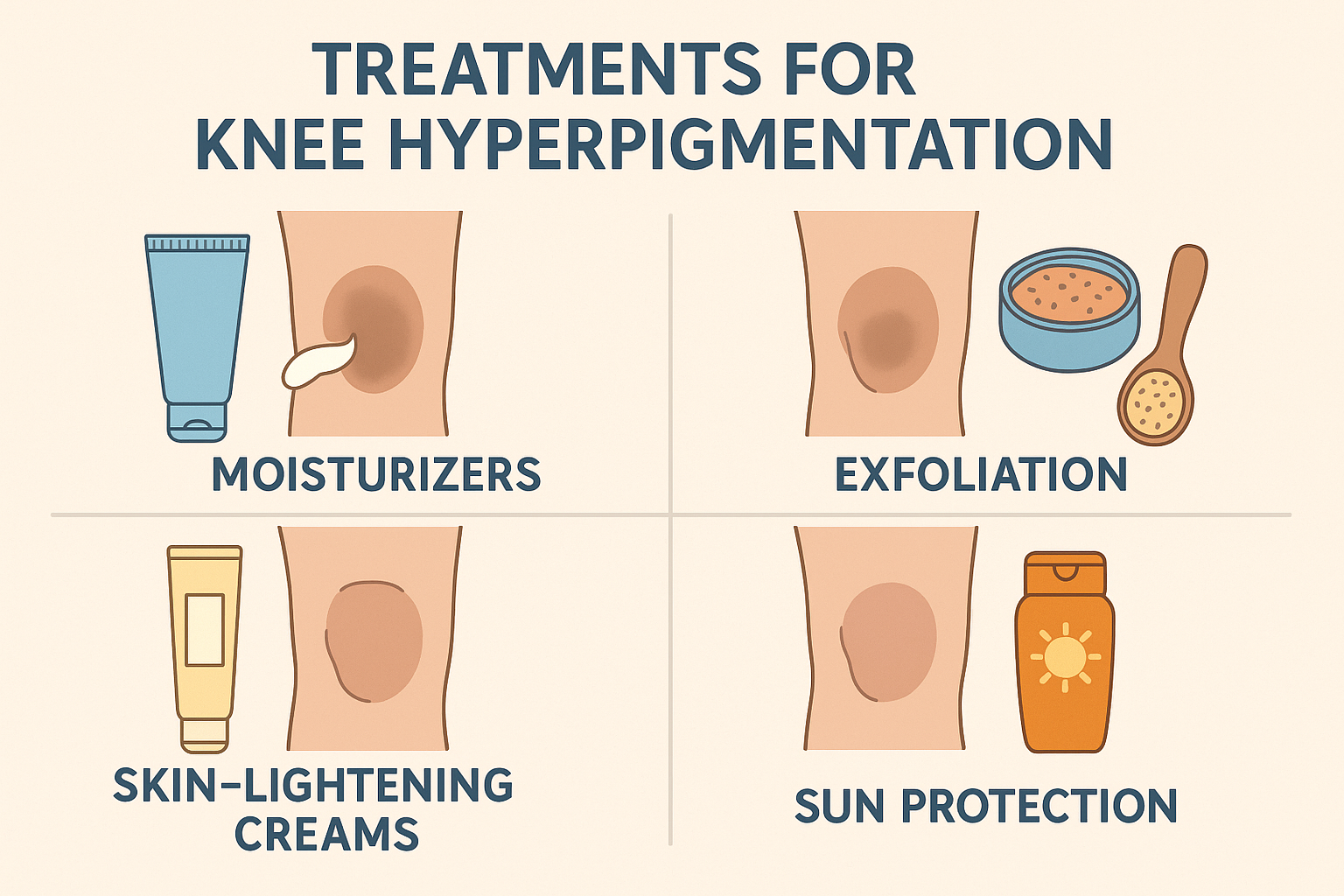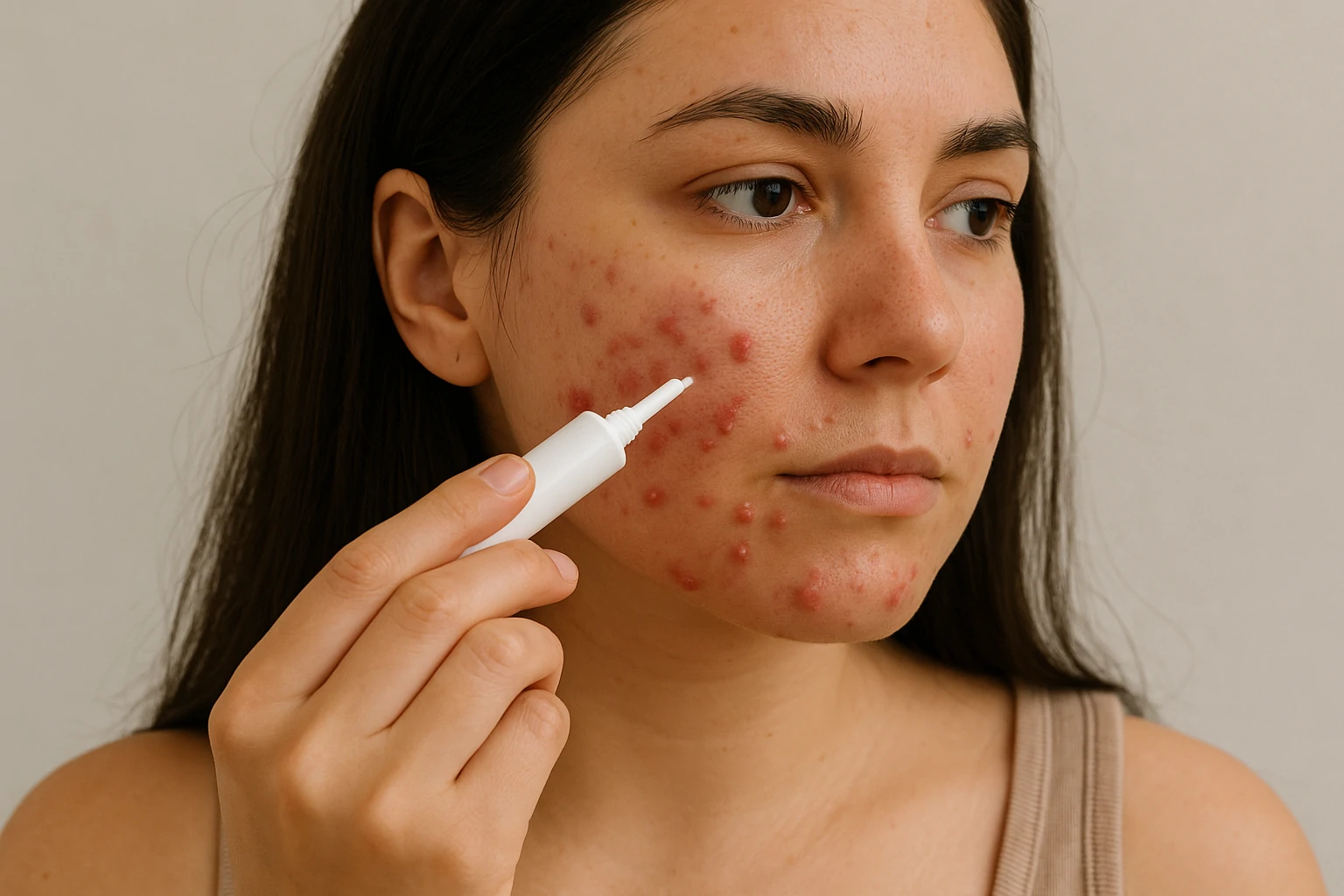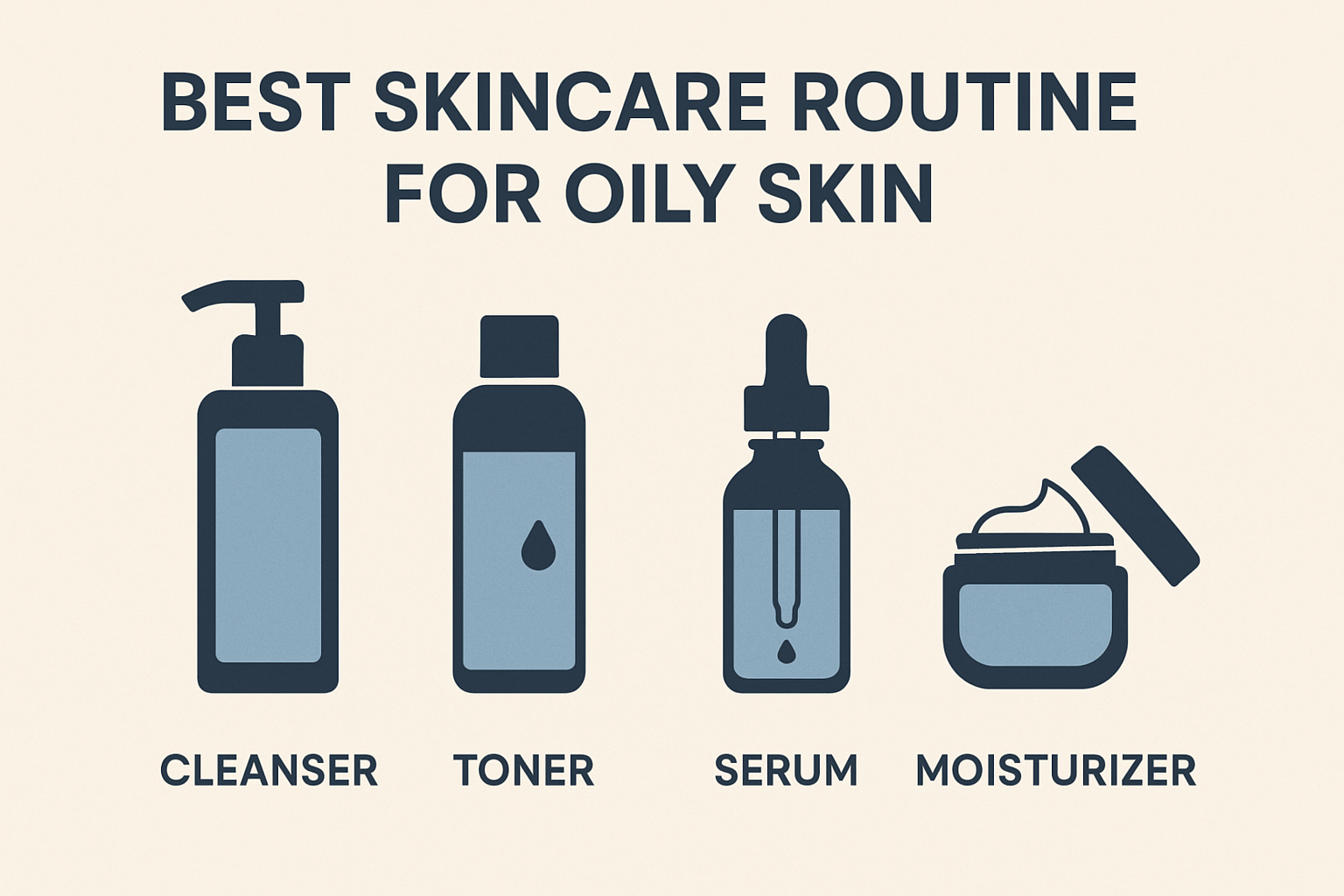Retinol Purging: Signs You Should Watch Out For
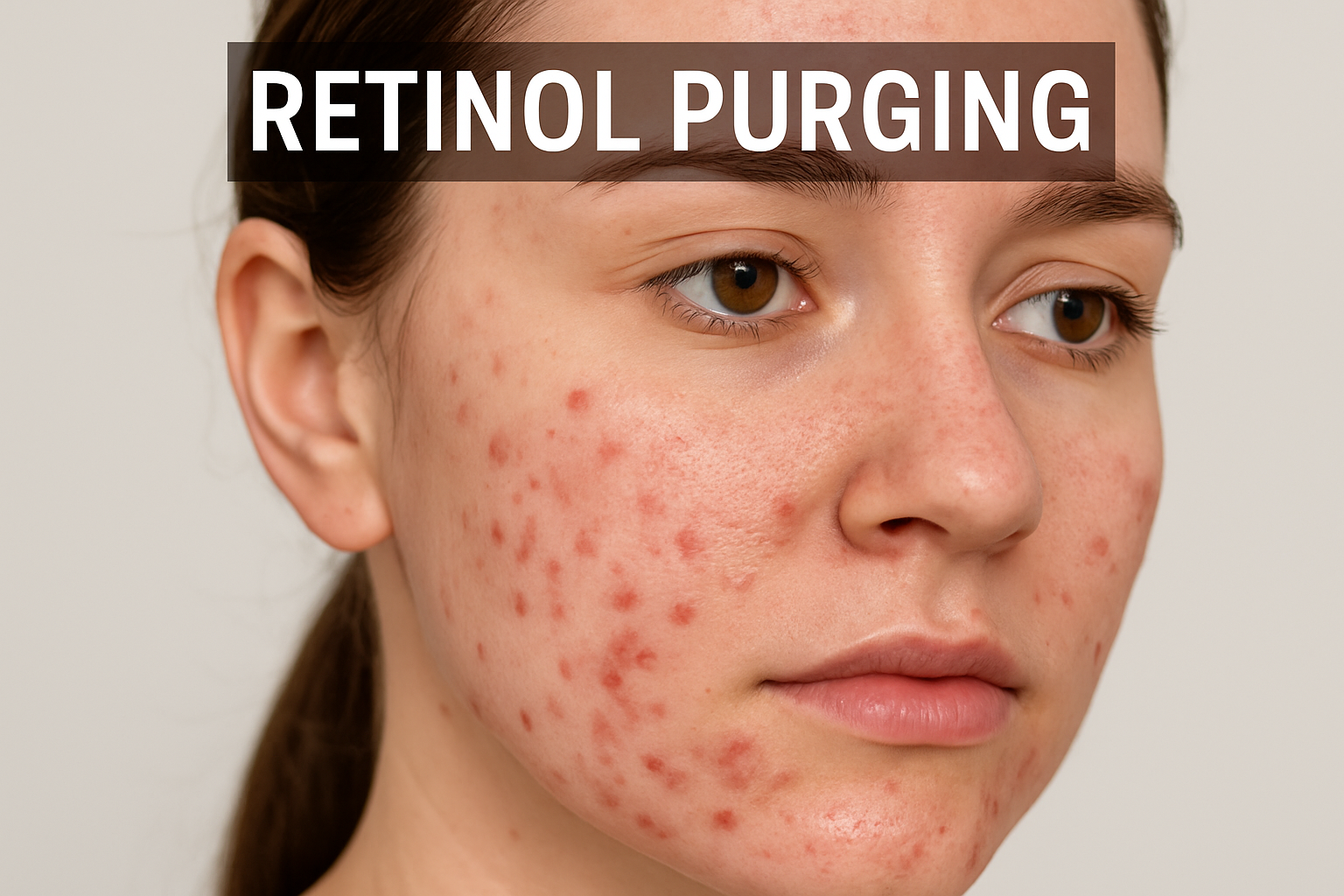
Retinoids, including retinol, are vitamin A derivatives known for their powerful ability to treat acne, fine lines, and early signs of aging.[1Cleveland Clinic: Retinol: Cream, Serum, What It Is, Benefits, How To Use.] This active ingredient works by accelerating skin cell turnover, stimulating collagen production, and deeply cleansing the pores. However, despite its impressive benefits, retinoid use can also trigger a temporary reaction that often confuses users—known as retinol purging.
Retinol purging refers to a condition where acne appears or worsens during the initial stages of use. This doesn’t mean the product is unsuitable, but rather that the accelerated skin renewal process is pushing out impurities and dead skin cells from beneath the surface. As a result, blackheads and breakouts may look more severe before improving. This phase is often referred to as the “retinol uglies.”
Unfortunately, many people stop using retinol at this point, thinking their skin is irritated or breaking out. However, according to dermatologists such as Dr. Harold Lancer, Dr. Alexis Stephens, and Dr. Corey L. Hartman, the purging phase is actually normal and can be managed with the right care. Understanding the difference between purging and a regular breakout is a key step to continue benefiting from retinol without unnecessary worry.
Why Would I Use Retinol or Retinoids?
Retinol is one of the most dermatologist-recommended skincare ingredients, especially for those looking to prevent premature aging and treat acne. According to Dr. Harold Lancer, retinol works by increasing skin cell turnover, making the skin appear fresher and healthier. This means that newer, brighter, and smoother skin cells rise to the surface more quickly.
In addition to that, retinol offers many other benefits. Celebrity facialist Renée Rouleau notes that retinol can help fade dark spots, minimize the appearance of pores, reduce fine lines, and improve overall skin texture. What makes it even more effective is its ability to stimulate collagen production—a key protein that keeps the skin firm and youthful.
With consistent use and the right formulation, retinol can bring visible improvements to your skin. It can make your skin smoother, even out your complexion, and give you a more youthful appearance. That’s why retinol is often called the ultimate anti-aging ingredient—even for beginners, as long as it’s introduced gradually and used according to directions.
What Is a Retinol Purge?
Retinol purging is a temporary reaction that often occurs when you first start using retinoid-based products. According to Dr. Harold Lancer, symptoms like breakouts, redness, and peeling can appear as the skin adjusts. This happens because retinoids speed up the skin’s natural regeneration process and deeply cleanse the pores.
The term “purging” comes from the word “purge,” which means to expel or release something. In this case, retinol helps bring trapped dirt and comedones to the surface. Dr. Alexis Stephens explains that acne that was previously hidden beneath the skin may quickly appear due to the faster cell turnover cycle.
Although it may seem like your skin is getting worse, it’s actually a sign that retinol is beginning to work. This phase is usually short-lived and will improve if you stay consistent with your routine and care for your skin properly. So, if you experience purging, don’t panic or stop using the product—instead, understand that it’s a natural part of your skin’s adjustment process.
What Does a Retinol Purge Look Like?
Retinol purging typically appears as small pimples, whiteheads, blackheads, redness, dryness, or even peeling. According to Dr. Hartman, these effects are most common in areas of the face where the skin is more sensitive, such as around the mouth and nose. This is a normal reaction known as retinization—the adjustment period when your skin gets used to the active retinoid ingredient.
Although it may seem concerning, this condition is actually a sign that the retinoid is doing its job. Retinol speeds up the shedding of dead skin cells and stimulates new collagen production. This process can cause mild irritation at first, but it usually improves over time with consistent use.[2BE YOU MEDICAL GROUP: Why is Retinol a HERO ingredient?]
Scientifically, retinoids work by binding to receptors within skin cells and helping regulate cell growth and renewal. So if you notice mild breakouts or peeling, it doesn’t mean the product isn’t suitable for you. The key is to be patient, use a moisturizer to soothe the skin, and reduce the frequency of application in the beginning if needed.
How Long Does the Retinol Purge Really Last?
The purging phase caused by retinol typically lasts around 2 to 4 weeks, depending on your skin condition and how often you apply the product. Dr. Alexis Stephens explains that for some people, purging can continue for up to eight weeks—equivalent to two full skin cell turnover cycles. During this period, your skin is adjusting to the accelerated renewal process, which can bring underlying breakouts to the surface.
However, it’s important to distinguish purging from a prolonged negative reaction. If your acne worsens and persists beyond 12 weeks, it could be a sign that your skin is not reacting well to the product. In such cases, it’s best to pause use and consult a dermatologist.[3Medical News Today: What to know about skin purging.]
Understanding how long purging typically lasts can help you stay patient and avoid making the wrong decisions. During this time, it’s essential to keep your skin well-hydrated, avoid over-exfoliating, and continue applying sunscreen daily. With proper use, retinol remains one of the best options for skin rejuvenation and acne treatment—even for beginners.
How to Soothe and Treat a Retinol Purge Fast
1. Don’t Quit Retinol Entirely
Experiencing breakouts or redness when first starting retinol can definitely be frustrating. However, according to Dr. Hartman, completely stopping usage can actually interrupt your skin’s adjustment process. Retinol works gradually, and if you stop and then start again, your skin may have to go through the entire adaptation phase all over again—including the risk of purging.
It’s important to remember that retinol purging is a temporary reaction caused by accelerated cell turnover. If the symptoms are still mild—such as small pimples or light redness—it’s generally best to continue using the product as directed. Your skin is simply adapting, and this is a normal part of the process.
However, don’t ignore signs of severe irritation. Dr. Lancer emphasizes that symptoms like intense redness, excessive peeling, or a burning sensation are signals that your skin may not be tolerating the product. In such cases, it’s wise to pause usage and consult a dermatologist to adjust the formula or frequency of application.
2. Streamline Your Routine for Healthier Skin
During the purging phase, it’s best to simplify your skincare routine. Dr. Stephens recommends a basic regimen: a gentle cleanser, retinol, and a moisturizer. Overcomplicating your routine with too many products can increase skin sensitivity and worsen irritation.
Moisturizers play a crucial role in strengthening the skin barrier.[4Jeffrey Rajkumar, Neha Chandan, Peter Lio, Vivian Shi, The Skin Barrier and Moisturization: Function, Disruption, and Mechanisms of Repair, National Library of Medicine, 2023;36(4):174-185. doi: 10.1159/000534136.] Look for formulas that contain soothing and deeply hydrating ingredients, such as ceramides or MLE (Multi-Lamellar Emulsion) technology. One recommended option is the Zerafite Soothing Calming Moisturizer, which is designed to mimic the skin’s natural lipid structure to repair and retain moisture effectively.
By focusing on hydration and protection, your skin will adjust more easily to retinol. This approach is especially important for beginners who are just introducing this active ingredient into their skincare routine.
3. Use It Every Other Night
Using retinol every night is not necessary—especially for beginners or those with sensitive skin. Dr. Hartman recommends starting slowly: apply it just 2–3 times a week, allowing a rest day in between to let the skin recover. If your skin shows good tolerance, you can gradually increase the frequency to 4–5 times per week.
This approach follows the “start low, go slow” principle, which is highly effective in minimizing side effects like dryness or peeling. Spacing out applications also gives your skin barrier time to adapt and stay healthy.
With a consistent and gradual schedule, your skin will become more tolerant to retinol over time. Long-term benefits—such as smoother texture, smaller pores, and a more even skin tone—can be achieved without excessive irritation.
4. Skincare Rule to Remember: Less Is More
When it comes to using retinol, more is not always better. Dr. Lancer emphasizes that applying too much product or using it too frequently can lead to irritation, peeling, and even damage to the skin barrier. Beginners are often tempted to “speed up results,” but this can actually slow down skin improvement.
A pea-sized amount is enough for the entire face. Apply it gently and evenly, and avoid adding other exfoliating products like AHAs or scrubs in the same routine. Retinol is potent enough to work on its own.
With the right dose and proper frequency, you can still enjoy the full benefits of retinol—such as smoother, brighter skin—without compromising your skin’s comfort. Remember, skincare is about consistency, not speed.
5. Reinforce Your Skin Barrier
Retinol can cause dryness, even for those with oily skin. To prevent irritation, it’s essential to maintain hydration and strengthen the skin barrier. Dr. Lancer recommends using a rich moisturizer to help keep the skin hydrated throughout the adjustment phase.
According to Dr. Hartman, choose a moisturizer that contains humectants and emollients like ceramides, hyaluronic acid, and glycerin. Ceramides help repair the skin’s protective barrier, hyaluronic acid draws moisture into the skin, and glycerin softens and prevents dryness.
Apply moisturizer after retinol every night, even if your skin feels oily. This combination helps calm the skin, minimize irritation, and speed up your skin’s tolerance to retinol. A strong skin barrier is the key to allowing retinol to work effectively without causing additional issues.
6. Dilute Your Retinoid to Avoid Irritation
If you have very sensitive skin, mixing retinol with a moisturizer can be a safe and effective solution. This technique is called “buffering,” and it helps reduce the risk of irritation without compromising the benefits of retinol.[5Comfort Zone: What Not to Mix with Retinol for a Flawless Skin]
The method is simple: take a small amount of moisturizer, add your retinol, and mix them together before applying it to your face. This dilutes the concentration of the active ingredient, making it gentler on the skin and helping to minimize side effects like stinging or redness.
Buffering is highly recommended for beginners or anyone who has experienced strong irritation in the past. Once your skin builds up tolerance, you can gradually switch to applying retinol on its own, depending on how your skin responds. This approach keeps the adjustment process comfortable and safe.
7. Apply Moisturizer First
One effective way to reduce the risk of irritation is by applying moisturizer before retinol. This technique creates a protective barrier that slows down retinol absorption, making it gentler on the skin. It’s commonly known as the “retinol sandwich” method.
According to Dr. Lancer, this approach is especially helpful for those with sensitive skin or those new to retinol. You’ll still benefit from retinol’s effects—like cell turnover and collagen stimulation—without experiencing intense side effects. Be sure to use a lightweight, non-active moisturizer so it doesn’t add to potential irritation.
You can start with this method during the early stages of retinol use, then gradually switch to direct application once your skin has adjusted. This way, you can build tolerance without sacrificing comfort.
8. Avoid Harsh Soaps
When using retinoids, your skin becomes more sensitive, so it’s important to avoid harsh facial cleansers. According to Dr. Hartman, it’s best to stay away from cleansers that contain physical scrubs, alcohol, or exfoliating acids like AHAs and BHAs. These ingredients can worsen irritation and damage a skin barrier that’s still adjusting.
Instead, opt for a pH-balanced cleanser specifically formulated for sensitive skin. These gentle cleansers effectively remove dirt and oil without stripping the skin’s natural moisture. The result is clean, calm skin—without dryness or stinging.
A gentle cleanser not only feels better on your skin but also helps prepare your face for applying retinoids. This step is crucial to ensure the treatment works effectively without triggering excessive reactions.
Remember, success with retinoids isn’t just about the main product—it’s also about how you care for your skin in the supporting steps. Avoid harsh products and prioritize gentleness to make the adjustment phase smoother and get the best results.
9. Avoid Exfoliating Acids to Protect Your Skin Barrier
During a retinol purge, your skin becomes more vulnerable due to the accelerated cell turnover. At this stage, it’s best to avoid exfoliating ingredients like AHAs, BHAs, and salicylic acid. Dr. Hartman recommends temporarily pausing the use of serums or spot treatments that contain these actives.
Combining chemical exfoliants with retinoids can lead to irritation, redness, or a burning sensation. Since both ingredients promote cell turnover, using them together can be too harsh—especially for beginners.[6The Ordinary: How to Start Skin Cycling (And Why You Should)]
Instead, focus your skincare routine on calming and barrier-strengthening products, such as moisturizers with ceramides, panthenol, or hyaluronic acid. These ingredients help keep the skin hydrated and support its healing process.
Once your skin has adjusted to retinoids—typically after 8 to 12 weeks—you can gradually reintroduce AHA or BHA into your routine. Start slowly and monitor your skin’s response to avoid over-exfoliation or renewed irritation.
10. Never Forget Sunscreen: Retinoids Must Be Paired with SPF
When using retinoids, sunscreen is non-negotiable. Retinoids increase your skin’s sensitivity to the sun, making it more vulnerable to UV damage—even on cloudy days or when you’re indoors near windows. Without proper sun protection, you risk irritation, redness, and even worsening of the very skin issues you’re trying to treat, such as dark spots and fine lines.
Dr. Hartman emphasizes the importance of daily SPF use, especially during a retinol routine. Choose a broad-spectrum sunscreen with at least SPF 30, and apply it every morning, even if you’re staying indoors. For best protection, reapply every two hours when exposed to sunlight.
Wearing sunscreen not only prevents sunburn and irritation but also ensures your retinoid products work effectively. UV exposure can break down retinoids and reduce their benefits—so without SPF, you’re missing out on results.[7Medik8: Is It Safe To Use Retinol in Summer?]
In short, think of SPF as your skin’s daily armor. If you’re committed to retinoids, sunscreen isn’t optional—it’s essential for healthy, glowing skin.
Conclusion
Don’t be afraid of retinol purging. With the right understanding and approach, you can get through this phase and enjoy the many benefits retinoids offer. According to Dr. Hartman, unless you have rosacea or extremely sensitive skin, most people can safely use retinoids.
Retinoids are among the most powerful active ingredients in skincare. Their benefits include speeding up cell turnover, evening out skin tone, preventing breakouts, controlling oil production, minimizing the appearance of pores, and reducing fine lines and wrinkles.
If you haven’t tried retinol yet, now is a great time to start—gradually and with a formula that suits your skin’s needs. If you experience breakouts or redness at first, see it as a sign your skin is adjusting.
With a supportive routine and the right care, retinoids can be the key to healthy, radiant, and younger-looking skin. Don’t hesitate to begin—be patient and consistent, and the results will be worth it.
About the Author
M. Hariri is a business and beauty content writer with over five years of experience. He focuses on research-based skincare education and frequently collaborates with dermatologists. His work can be found in various national and international beauty publications.
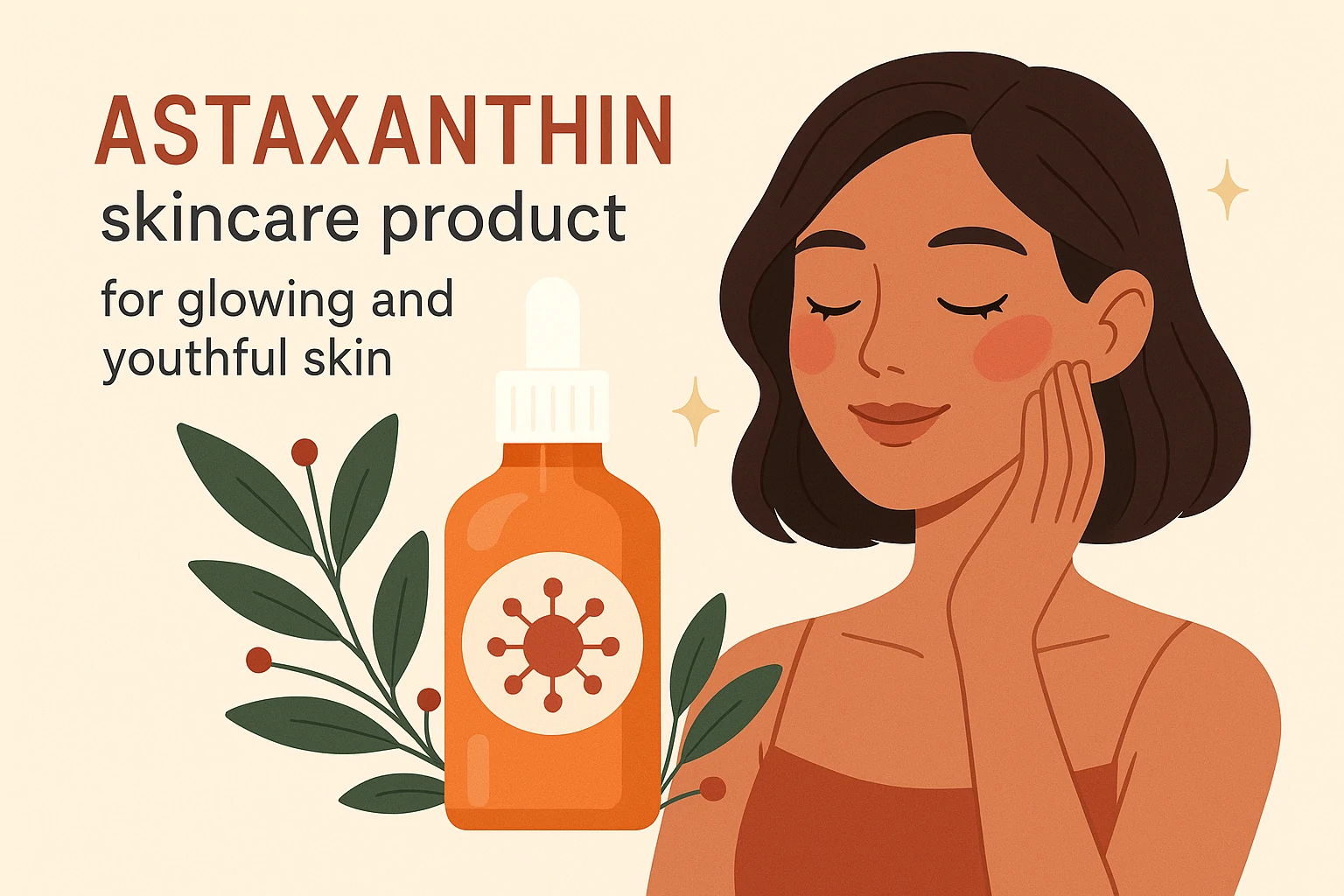

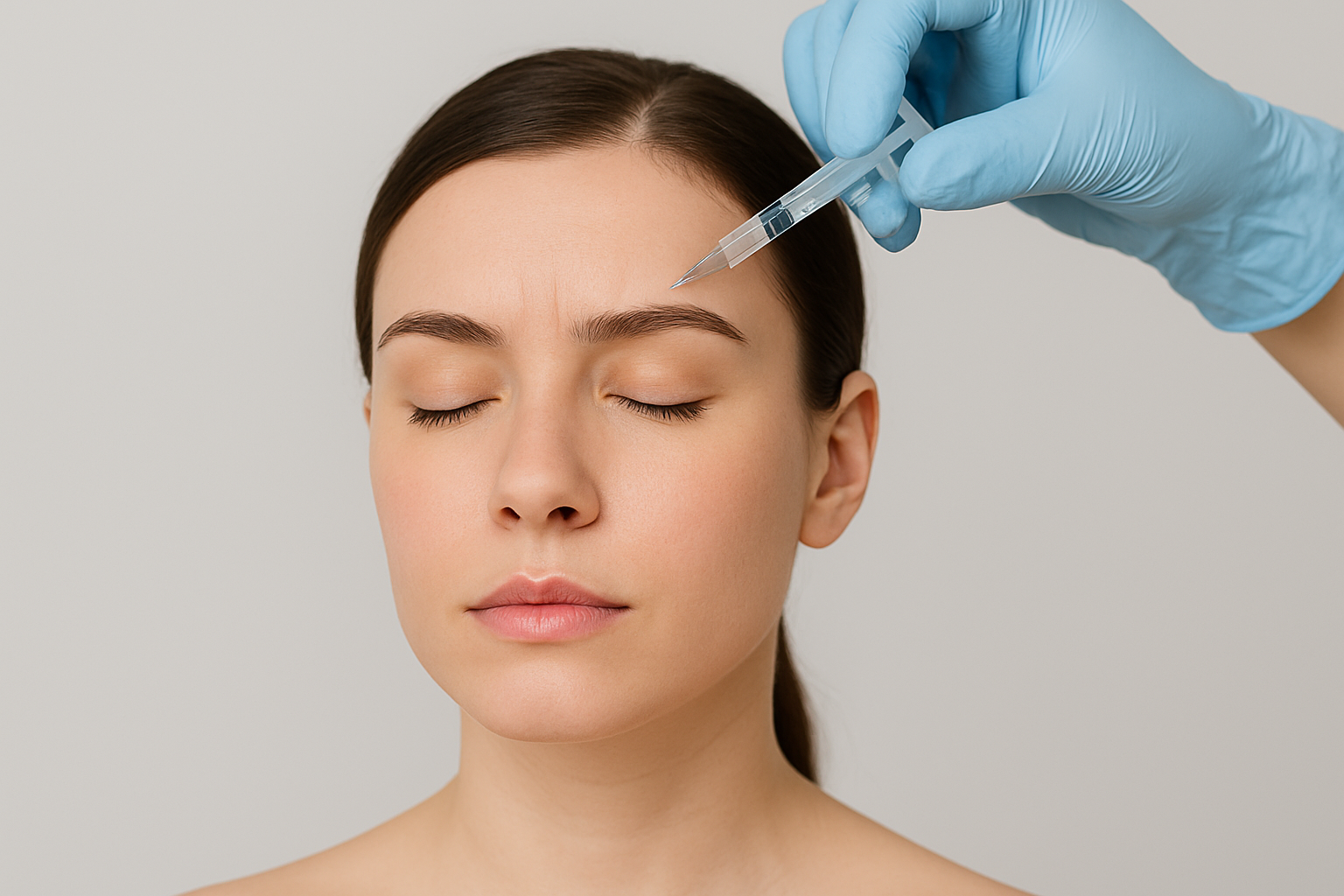
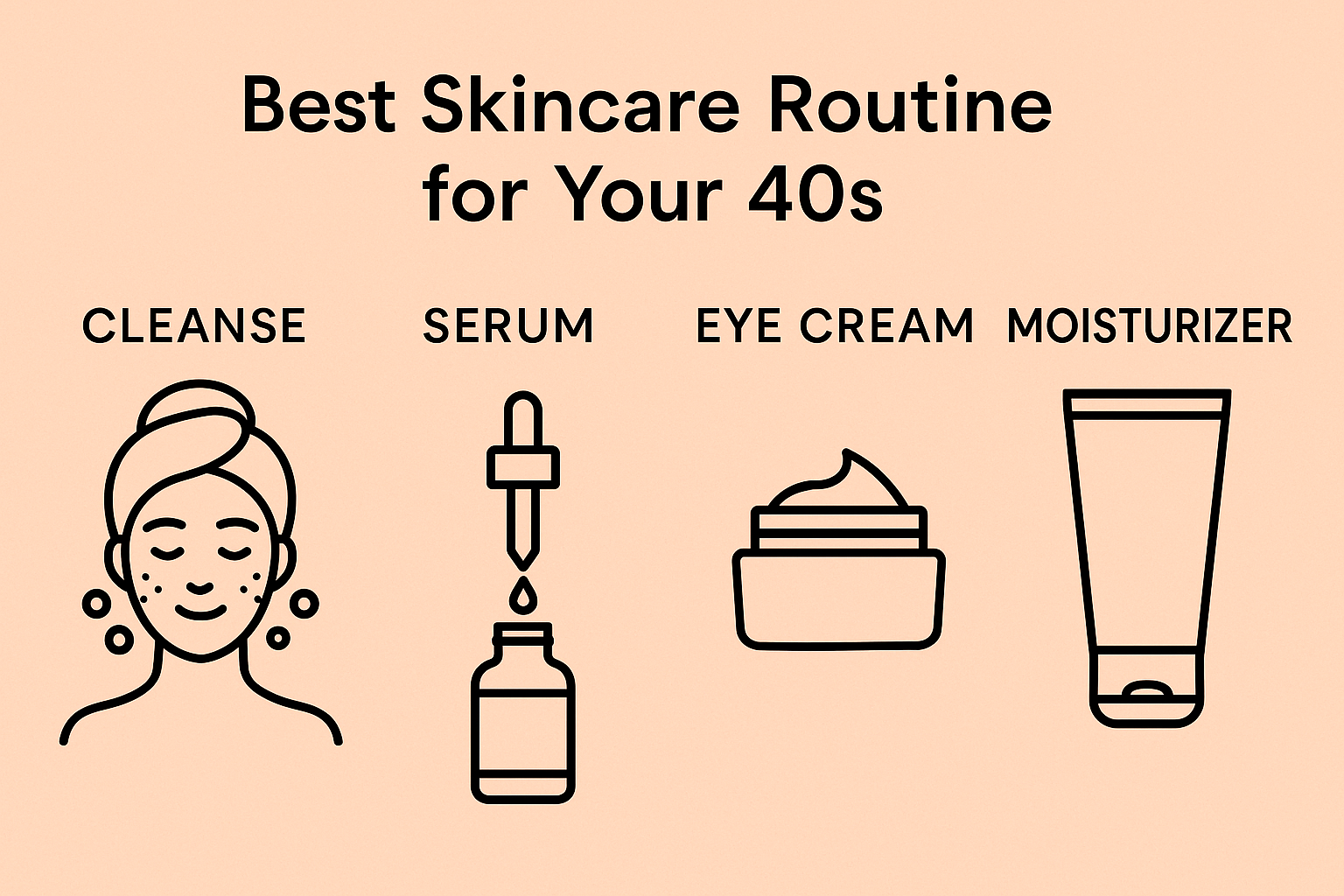
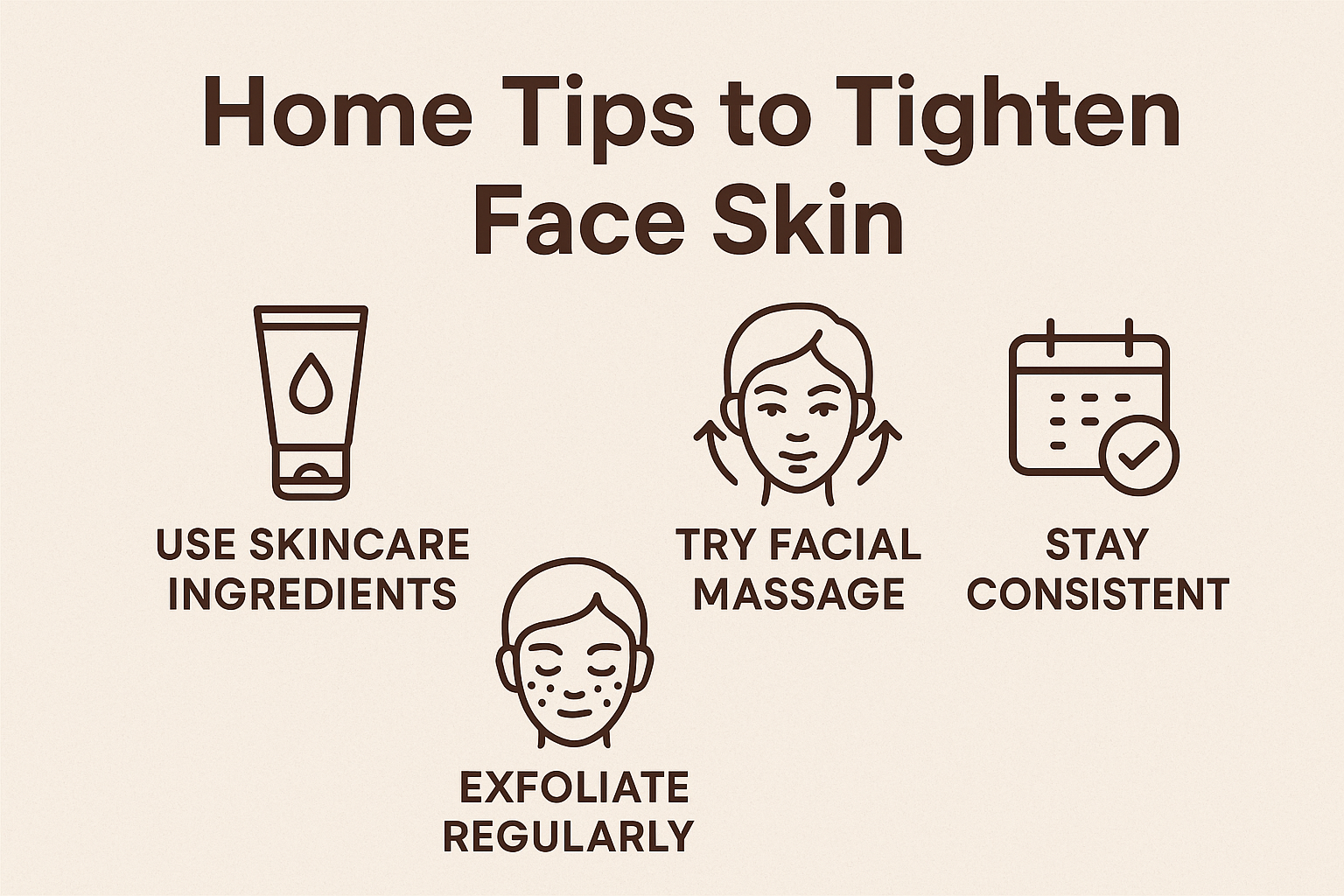

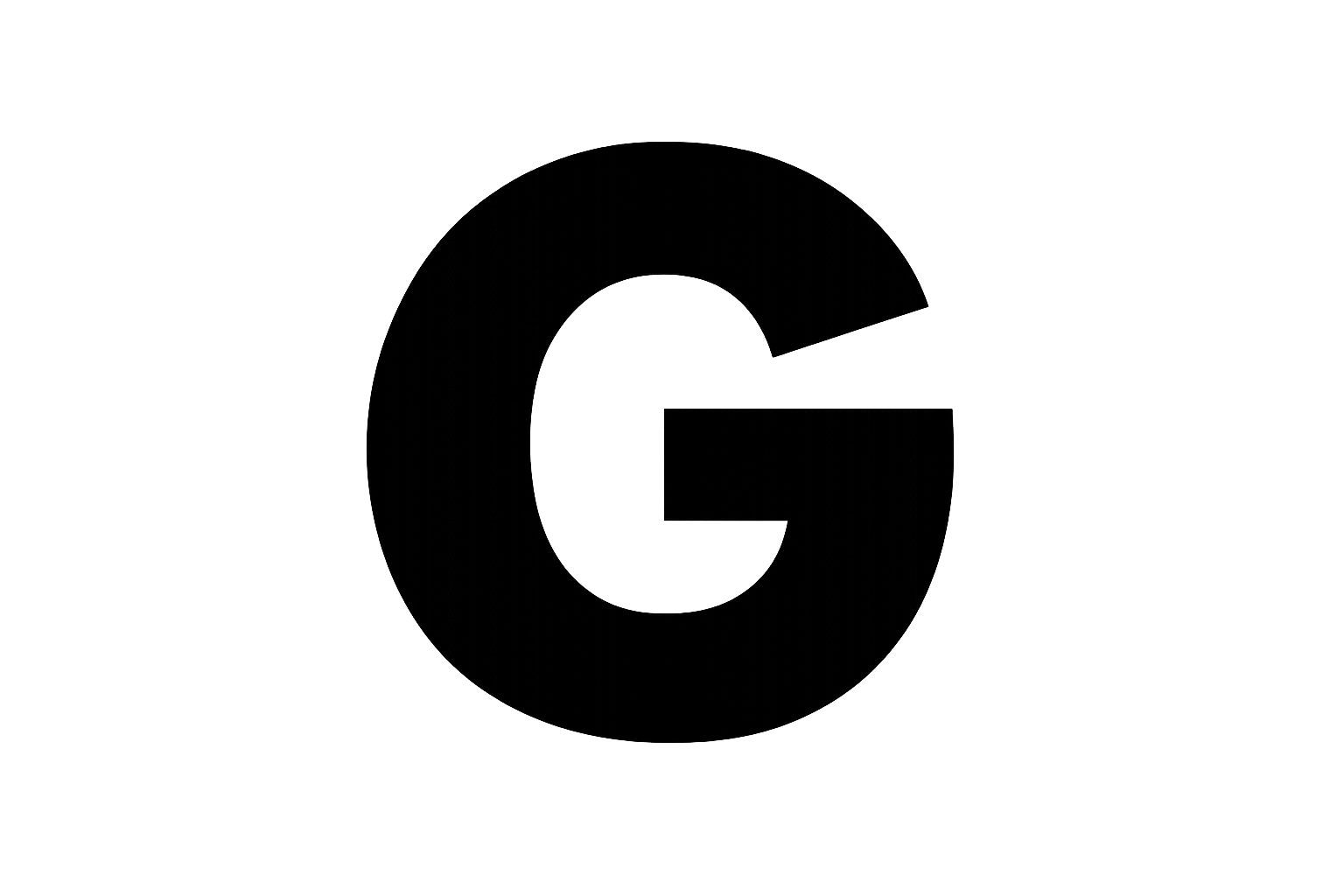 Acne
Acne Anti-Aging
Anti-Aging Business
Business Digital Marketing
Digital Marketing Economics
Economics Movies
Movies Personal Finance
Personal Finance Websites
Websites
